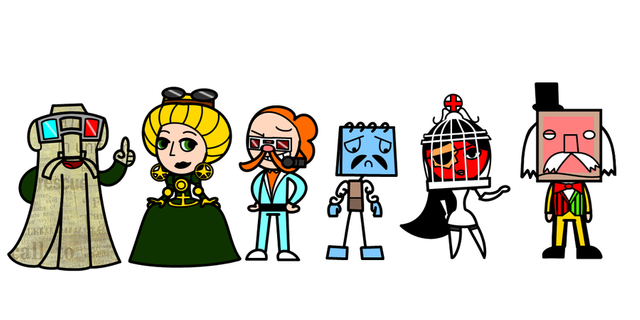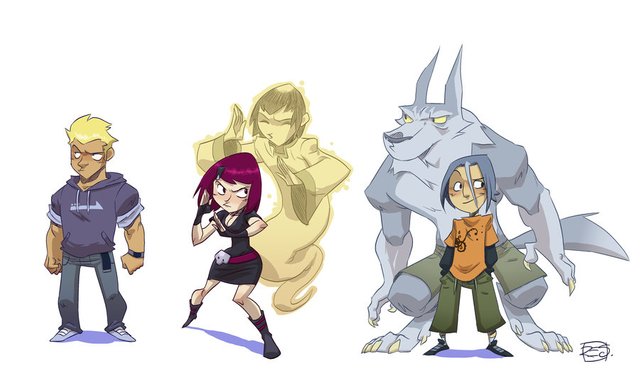Tips for Creating Vivid Characters
Stories are about people. Even in the genre of writing where your character might not be human or might not even be animate, a story is still about someone. Just like knowing the audience you are writing for can improve your writing, knowing your characters can drastically improve your narratives.
By taking the time to flesh out your characters before you begin to write your story you can help to ensure that the actions and reactions that they take throughout the tale will be consistent and believable.

Image - DeviantArt
Basic Information
Basic information consists of simple things like gender, age and name. These are often the first things that come to mind when you're developing a character and often things that you don't really give much thought to.
When developing your character and choosing their basic characteristics, it is important to keep in mind how their age will affect their judgement and their actions. If you create a character who is six years old they will be unlikely to react the same to a situation as a sixty year old would.
Physical Description
The next step in developing your character is knowing what they look like. Taking the time to write out a physical description will help you know what everyone around them will see as well as help you to keep their description consistent. Start at the top, beginning with their hair and facial features. You likely have an image in your head before you begin, or perhaps you only see their face or know that they are tall or stocky. Think carefully about who your character is when you develop their image.
Remember, it is unlikely that a poor peasant who barely gets anything to eat will be fat and rosy cheeked. If your character doesn't fit an excepted mould for their situation, know for yourself why that is and address it in your story. Has the kingdom recently gone through a famine that has affected even the royals, making them as thin and sickly looking as their people.
Write down everything, paint an image or your character with your words and keep this description handy while you compose your story.

Image - DeviantArt
Background
So who is your character? Where did they grow up? Did they have an easy childhood or a difficult one. Where they pampered or tortured? Reflect on the events that have made your character into the person that they are and know that these pieces of information will affect your story.
If your character is a young woman who has recently lost her children that could affect how she interacts with other mothers and with the children around her. A character who has been badly betrayed by those that he has cared about might be very guarded with his feelings and may even try to avoid any meaningful contact with others.
By this point you should have a good description of your character. Not only do you know what they look like, but you've also established a little bit about who they are.
Do the same with each of your important characters before you begin to outline your story and you'll find that the time spent on these simple things will add to the realism of your narrative.